World of Warcraft is primarily an MMORPG game and as such, it has versatile PvE content—quests, scenarios, dungeons, and raids. While quests and scenarios are quite straightforward and simple to understand, dungeons and raids have varying difficulties.
Difficulty in WoW typically denotes how hard the content is to defeat and whether the bosses have additional health you need to burn through, new abilities and standard abilities which deal more damage, and the type of loot you get after defeating the encounter.
Originally, WoW only had one difficulty, but in The Burning Crusade, Blizzard Entertainment added Heroic difficulty for dungeons. Raids, however, got Heroic difficulty during Wrath of the Lich King. Over time, Blizzard added even more raid and dungeon difficulties.
So, here’s your guide that breaks down all raid and dungeon difficulties in WoW and explains the core differences between them.
All raid difficulties in WoW
In total, WoW right now has seven different raid difficulties, but only four of them, Looking-For-Raid, Normal, Heroic, and Mythic, are used on a regular basis. The other three difficulties are still tied to raids, but they either refer to special difficulties that can be triggered within the raid itself, raids from previous expansions, or holiday-related raids.
Looking-for-Raid raid difficulty
Looking-for-Rais in WoW is a special, queued, type of raid that isn’t available as soon as a new raid opens, at least not entirely. Instead, Looking-for-Raid is normally divided into four wings and the first wing opens on the opening week of the raid. Other wings normally open in the span of six weeks, with every two weeks opening one new wing. But that’s not the only difference between LFR and other raid difficulties—LFR encounters are significantly easier to defeat—they have less HP, abilities, their damage is lower, and the loot table consists of lower item level gear.
Normal raid difficulty
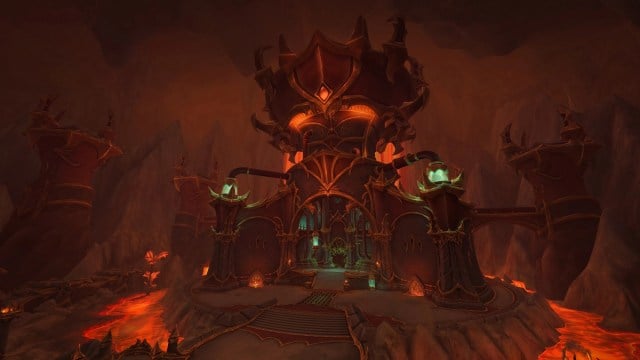
Unlike LFR, Normal raid difficulty requires players to either travel or get summoned to the raid entrance because it’s not queued content. Raiding on Normal difficulty is generally considered to be PUG-friendly because you don’t need to coordinate your group that much and surviving critical moments can be easier than on Heroic difficulty just because the boss damage isn’t that high. Similar to LFR, bosses on Normal difficulty drop lower item level gear and have less health and lethal abilities.
Heroic raid difficulty
This is where raiding gets tricky, at least for me. This is the “content-pushing” area because the encounters get additional mechanics you have to deal with or you can wipe the entire raid, bosses have even more HP and deal more damage. But, clearing the entire raid and especially downing the last boss of the raid can be extremely satisfying because you get the seasonal Ahead of the Curve achievement.
Mythic raid difficulty
This is by far the most demanding raid difficulty because the bosses, on top of those abilities and HP increases from Heroic, get even more health, damage, and abilities you need to deal with. Mythic raids demand perfect coordination, cooldown usage, team cohesion, and following raid leader’s instructions because even the smallest mistake can cost your raid a wipe.
Legacy raid difficulty
Legacy raids in WoW are raids from previous expansions that players have to farm just because of transmogs or mounts they didn’t manage to get. These types of raids are generally super easy to clear and you can clear both trash mobs and bosses with only a couple of AoE abilities. It’s important to note that Legacy rules will be automatically enabled when you enter the raid and there will still be the above-mentioned difficulties you can choose between, meaning your loot table will change depending on that.
Timewalking raid difficulty
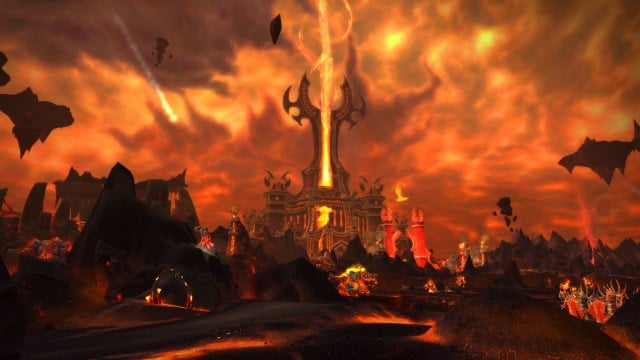
Whenever the Timewalking event is in rotation, one of the raids from that expansion will be available on Timewalking difficulty. As a rule, these raids are as hard as Normal raids from the current expansion and grant similar loot. These raids, however, are queued content and before you can jump into Black Temple or Firelands, you’ll need to find 10-30 players to join your efforts.
Hard-mode raid difficulty
Although not a raid difficulty by definition, Hard-mode in WoW refers to an act where players intentionally increase a specific boss’ difficulty by performing a certain action. This means that the encounter will become more challenging to defeat, but you’re guaranteed to get better gear and achievements. The best example of this would be defeating Yogg-Saron in Ulduar without the help of keepers who normally give raid-wide buffs.
Dungeon difficulties
Normal and Heroic dungeon difficulties
Available while leveling and when you reach max level, Normal and Heroic dungeons can be queued by using the Looking-for-Group tool. The differences between the two is the minimum item level requirement, encounter difficulty, and, naturally, item level.
Mythic dungeons
Not to be confused with Mythic+ dungeons, Mythic dungeons are more challenging than Heroics, but still easier to complete than Mythic+ because there is no timer. To start these dungeons, you need to travel to the dungeon entrance, set your dungeon difficulty, and get going. It’s important to note that these types of dungeons have a weekly lockout and you can clear them only once per week.
Mythic+ dungeons
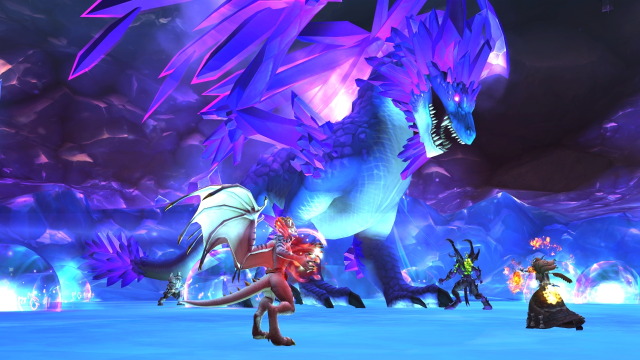
Widely considered to be the hardest of all dungeons, Mythic+ dungeons were first introduced in Legion. They are special because they start at level 2+, can infinitely scale, have timers during which you need to complete the dungeon, award you ranking, and have additional mechanics called affixes. These dungeons rotate on a seasonal basis and they are intended to pose a challenge for all avid PvErs.
Timewalking dungeons
Just like Timewalking raids, Timewalking dungeons are only available during the event which normally comes around once per month. When active, all dungeons from that expansion can be completed and they will award you excellent XP and loot to kick-start your end-game adventures. I love using these to finish leveling my alts last ten levels because the experience gained just from completing these dungeons is unbelievable.
Legacy dungeon difficulty
Working just like Legacy raids, these dungeons are old content which is a breeze to clear. Legacy rules will automatically apply when you enter these dungeons and you can just run through the dungeon and one-shot pretty much everything to get your achievements, loot, and mounts.
Hard-mode

Dungeons also have the Hard-mode option for some bosses and once you activate this, the encounter will become more demanding—the boss might gain an ability or deal more damage. For example, the last boss in Dawn of the Infinite, Chrono-Lord Deios, can be defeated on Hard mode by collecting special items across the dungeon and tossing them into a portal during the encounter. Then, the boss will drop better item-level gear and crown you with a special achievement.
How to change dungeon and raid difficulty
To change dungeon and raid difficulty, you need to be party owner. While you can’t change the difficulty for queued instances, you can change it for all other types of content. So, assuming you’re the party owner, click on your icon in the upper left corner, right-click on your icon, and choose Select Dungeon/ Raid Difficulty. Click on that and choose the desired difficulty.




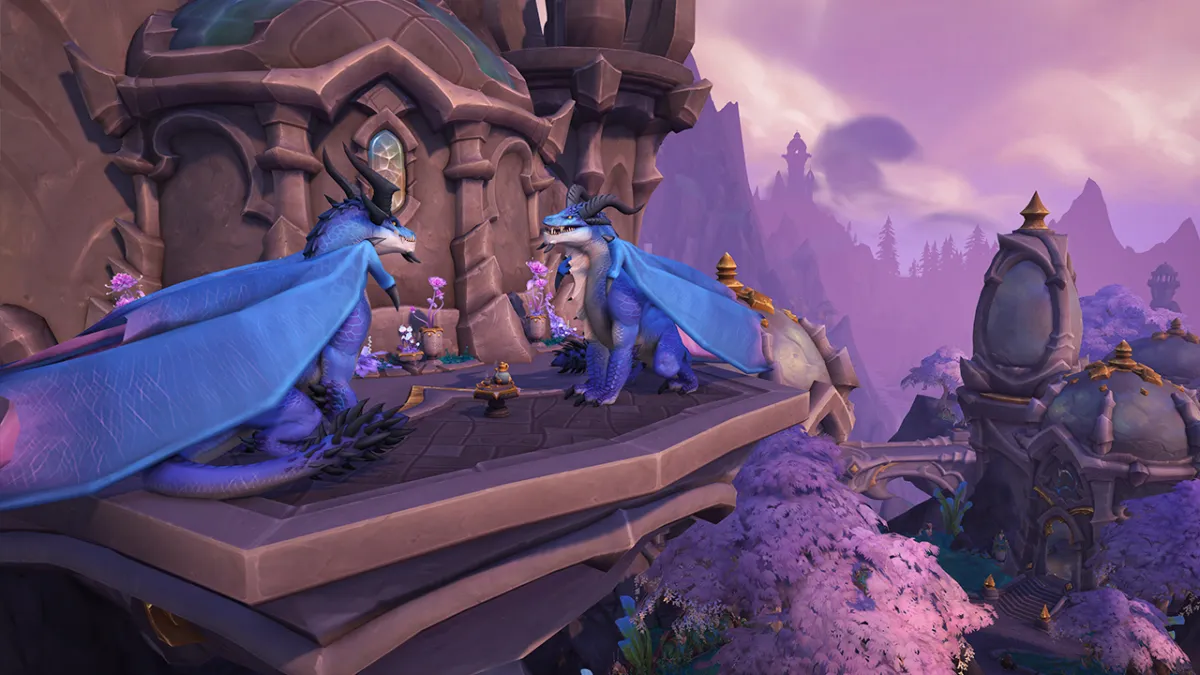
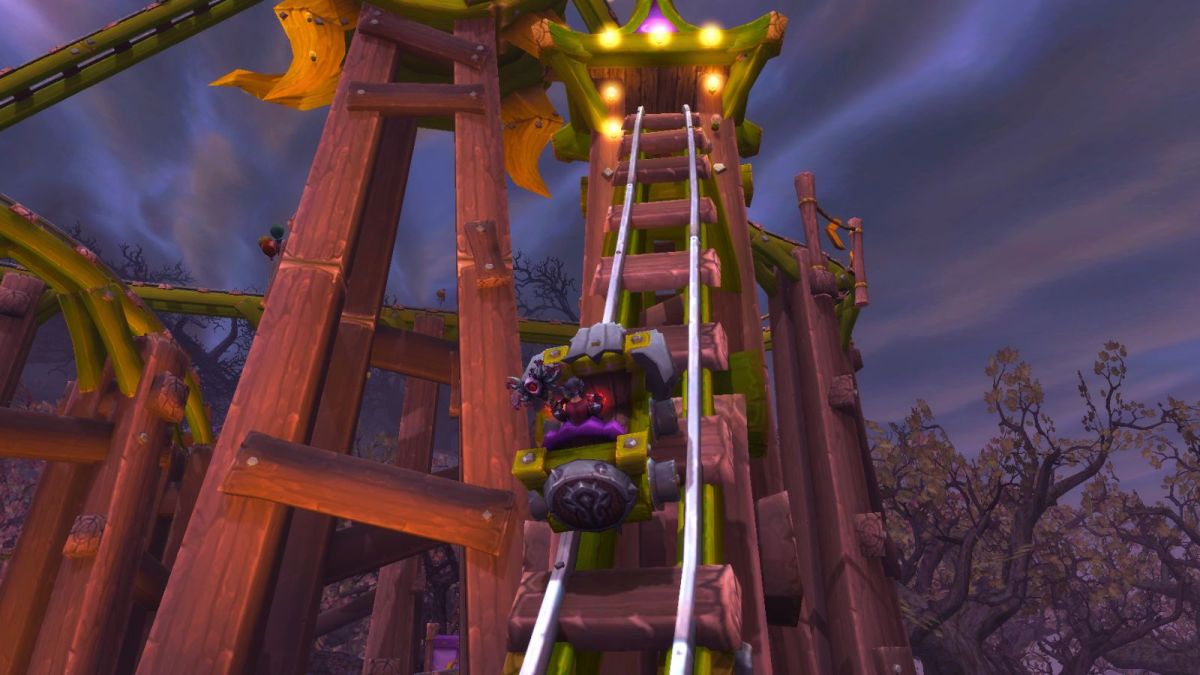
Published: Aug 3, 2023 05:10 am